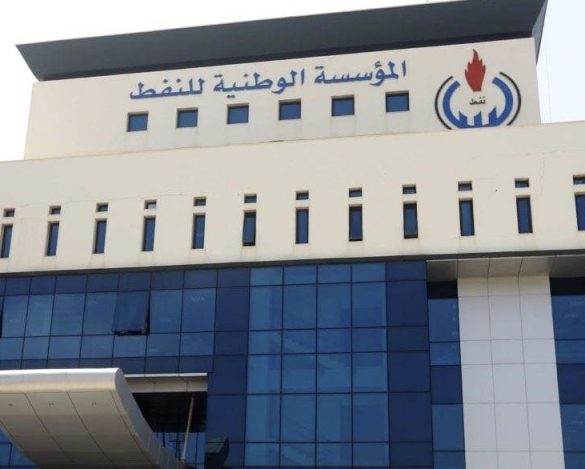KEY POINTS
- Libya’s oil output edged up to 1.39 million barrels per day, with condensates and natural gas production also steady.
- The return of major international oil companies and stronger exports, especially to India and Europe, signal a cautious recovery.
- Long-term success hinges on political stability, transparent governance, and protection of institutional leadership in the energy sector.
Libya’s oil industry is showing faint but notable signs of momentum. The country’s state-owned National Oil Corporation, NOC, said over the weekend that crude output reached 1.39 million barrels a day, a slight increase from the previous day’s tally.
Condensates production came in at 52,730 barrels, while natural gas output stood at 2.57 billion cubic feet.
The modest uptick underscores a fragile but steady recovery for an economy still heavily dependent on hydrocarbons, even as global oil markets soften on concerns about oversupply and flagging demand.
Analysts note that expectations of a US Federal Reserve rate cut could help lift consumption, providing a cushion for producers like Libya.
Exports Show Renewed Life as Majors Return
Economist Mohamed Mahfouz says Libya’s production has averaged about 1.4 million barrels a day since August, with exports showing signs of resilience.
That performance has been bolstered by the return of international oil majors including bp, Shell, Eni, Chevron and TotalEnergies—firms that had scaled back or pulled out during years of instability.
Mahfouz highlighted that India, seeking to diversify away from Russian crude, has become a more prominent buyer of Libyan oil. Meanwhile, Europe has leaned back into the North African supplier, with EU imports of Libyan crude surpassing $22 billion last year.
Terminals at Es Sider, Ras Lanuf, Marsa al-Brega and Zuetina are reportedly running more efficiently, boosting investor confidence in NOC’s operational stability.
Still, Mahfouz cautioned that stronger production alone won’t be enough to secure Libya’s long-term place on the global energy map.
He pointed to three urgent needs: greater security for production sites and ports, transparent and competitive bidding for contracts, and a stable regulatory framework to reassure foreign investors.
A licensing round launched this year—the country’s first in nearly two decades—has drawn interest from global firms, a sign that international capital may be warming back to Libya. But underlying challenges remain. Political rivalries, the influence of armed groups, and entrenched corruption still pose threats to energy-sector reforms.
Institutional integrity will be key, Mahfouz argued, citing NOC official Emad Ben Rajab’s efforts to strengthen transparency after overcoming legal battles in 2023. Protecting technocratic leadership, he added, is essential to preserving momentum.
With 48 billion barrels of proven reserves and sizable natural gas deposits, Libya remains one of Africa’s most resource-rich nations.
Its proximity to Europe, coupled with growing interest in solar projects, positions the country as a potential energy hub for both fossil fuels and renewables. But whether that potential is realized will depend on Libya’s ability to turn fragile gains into durable progress.



